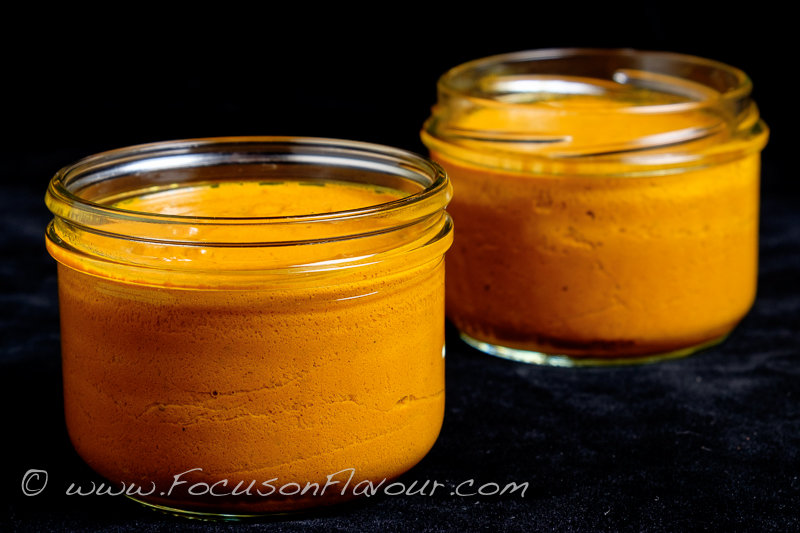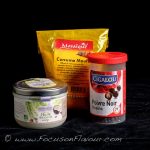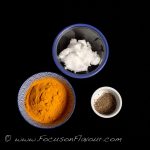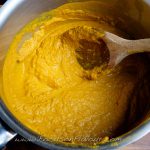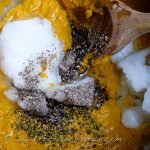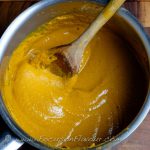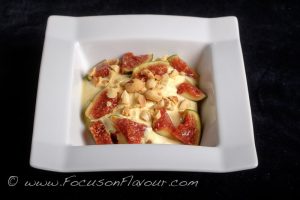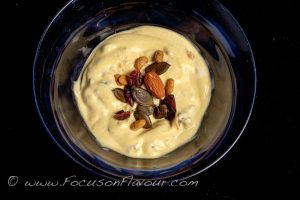There’s been a lot of buzz about high protein – low carb, especially since the BBC Horizon programme ‘What’s the Right Diet for You?’ recently. This programme explored some of the science behind why people put on weight and how they can best lose it. They divided a group of obese people into 3 types – Feasters, Constant Cravers and Emotional Eaters – and devised specific diets to suit them.
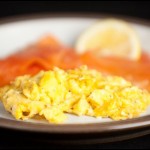
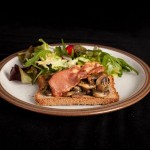
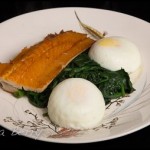
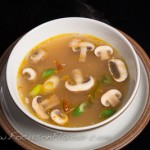
Each dieter underwent a series of scientific tests to find out the main reason for why they put on weight. The Constant Cravers have genes that mean they feel hungry all the time, the Feasters have a misfiring gut hormone that stops them from knowing when they’re feeling full. The final group, the Emotional Eaters, eat in response to stress.
They picked participants for the 8 week trial on the basis that they were quite strongly characteristic of one of the 3 types. There is an online test which can help you to determine your own type. Most people actually are a combination of the 3 types to a greater or lesser degree and many people may not be significantly aligned with any of the types. The test can be found here http://www.bbc.co.uk/guides/z2csfg8, along with other related resources.
For the Feasters, a diet high in protein and low GI carbs, helps boost the lacking gut hormone and increases feelings of fullness
For the Constant Cravers, an Intermittent Fasting diet that restricts calories on two days a week, combined with very low carbohydrate intake on those days, helps to retrain the appetite and enables you to become more accustomed to not snacking or grazing.
For the Emotional Eaters, controlling intake by limiting high fat/high sugar foods and counting calories, combined with being part of a support group to help keep motivation levels high, is very helpful.
In my view, all the types will flourish by following an Intermittent Fasting diet (i.e 5:2), combined with limiting processed foods and cutting back on simple carbs such as sugar and white bread/pasta/rice. A diet with plenty of fresh vegetables and fruits, good fats and a variety of protein sources, with nuts and seeds, pulses and whole grains, is the way to go.
We have to be a little careful with the idea of high protein, as pointed out by Michael Mosley in ‘the fast diet’, as research shows that protein, and animal protein in particular, raises our levels of IGF-1, which is needed when you are young and growing but appears to accelerate ageing and cancer in later life. We should aim to keep our protein intake to within 0.8grams per kilo of body weight (per day) and aim to get as much as possible from plant based sources, says Prof Valter Longo. However, protein is very good at keeping you feeling full and so it is a very good choice for breakfast.
So “revenons a nos moutons“, getting back to our sheep, or the main subject…. here are some ideas for sustaining breakfasts which have ample protein but are low in carbs or use low-GI carbs. I prefer not to have breakfast at all on a fast day, but I think it is a useful tactic when you are starting out with fasting and on any normal day it can stop you from reaching for the croissants mid-morning….
- Get those little offcuts of smoked salmon and stir them into scrambled eggs… yum
- How about going oriental and having a spicy broth with tofu?
- Don’t forget nuts! Some oats soaked overnight in water with toasted chopped nuts and seeds and some fresh grated apple added in the morning makes a fab Bircher muesli
- Make your own grunchy granola with whole rolled oats, wheat and rye flakes and add plenty of chopped hazelnuts. Stir in some honey or malt extract for a little sweetness and bake in the oven until golden. Then add in some luscious dried fruits. Serve it with natural yogurt.
- Full fat greek yoghurt, with berries and nuts, or made into a smoothie with a banana
- Smoked salmon and cream cheese, on a thin slice of rye bread or crispbread
- Cottage cheese with sliced pear and chopped walnuts
- One of my favourites – wholewheat toast with almond butter
- Another frequent one for us, as our chickens are producing so many – a boiled egg, I usually have it with a slice of wholewheat toast, but you could have asparagus spears to dip in for a low-carb alternative
- egg and bacon, or egg and ham
- bacon and mushrooms
- smoked haddock with a poached egg
- banana pancakes (banana whizzed up with an egg, made into scotch pancakes), use a little coconut oil or butter in the pan
- veggie pops – grated pumpkin or squash with some parmesan cheese and ground almonds, mixed with a beaten egg, add some chilli or spice for variety and bake in silicone moulds or cupcake cases
I hope this helps you to avoid the elevenses….
Like this:
Like Loading...

